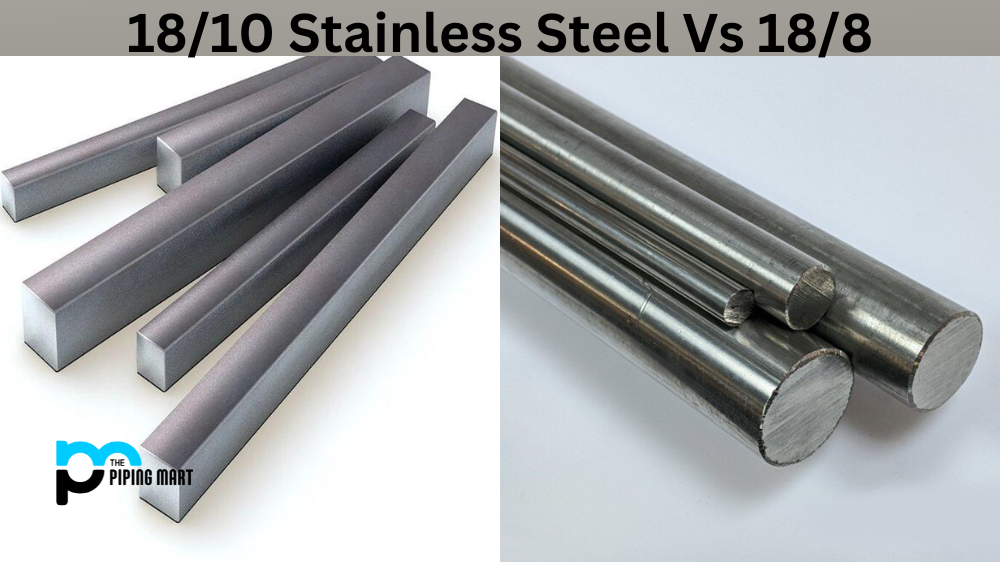When shopping for stainless steel cookware or cutlery, you’ll come across two commonly used grades: 18/10 and 18/8. But what do these numbers mean, and how do they affect the quality of the product? In this ultimate guide, we’ll break down the difference between 18/10 and 18/8 stainless steel so you can decide when choosing your next kitchenware.
Difference Between 18/10 Stainless Steel and 18/8
Let’s start with what they mean to understand the difference between 18/10 and 18/8 stainless steel. The numbers refer to the percentages of two key elements in the steel: chromium and nickel. Chromium makes the steel corrosion-resistant and gives it its lustre, while nickel increases its resistance to acid and alkaline solutions. 18/10 stainless steel contains 18% chromium and 10% nickel, while 18/8 stainless steel contains 18% chromium and 8% nickel.
In terms of quality, 18/10 stainless steel is considered superior to 18/8. Its higher nickel content makes it more corrosion-resistant and provides a brighter, longer-lasting shine. This is particularly important for cutlery, where constant exposure to acidic foods can cause corrosion. 18/10 stainless steel is also more durable and scratch-resistant than 18/8, making it a better choice for high-use items like pots and pans.
However, a trade-off exists for the increased quality of 18/10 stainless steel. It is generally more expensive than 18/8 due to its higher nickel content. Depending on your budget and intended use for the kitchenware, this may influence your decision. If you use the items only occasionally or for low-demand applications, 18/8 stainless steel may work just as well at a lower cost.
Another consideration is that while the percentages of chromium and nickel are important factors, they are not the only ones that contribute to the quality of the steel. Other elements, like molybdenum, copper or titanium, can also affect the performance and durability of the stainless steel. Therefore, it’s important to look at other specifications when evaluating the quality of a stainless steel product, such as thickness and construction.
Conclusion
When choosing between 18/10 and 18/8 stainless steel, consider your budget and the intended use for the product. While 18/10 is generally considered higher quality due to its high nickel content, 18/8 may suffice for less demanding applications. However, evaluating other specifications, such as construction and thickness, is important to ensure you buy a product that will perform well over time. With this ultimate guide, you can make a well-informed decision when choosing your next stainless steel cookware or cutlery.
Rachana is a dedicated and ambitious young woman who has made a name for herself in the metal industry. From her earliest days in the industry, Rachana showed a natural talent for problem-solving and a keen eye for detail. In her free time, She enjoys reading up on the latest advancements in the industry, as well as exploring new ways to innovate and improve upon existing processes.




